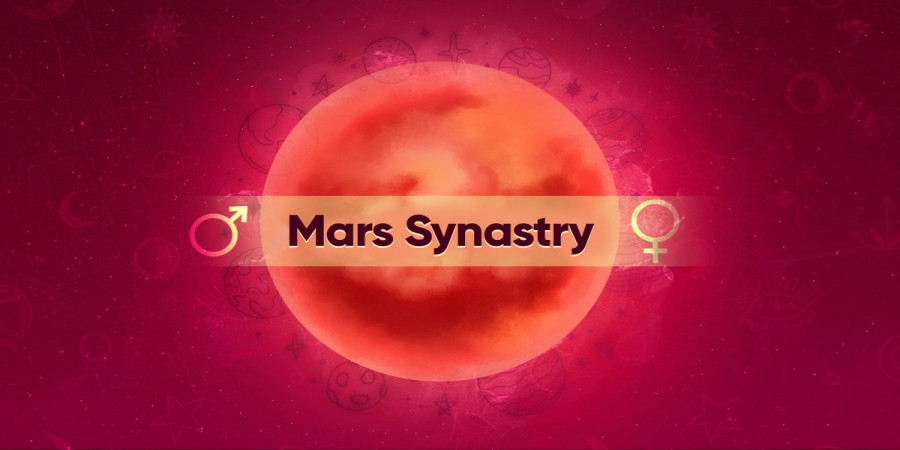

Google Drive vs. Microsoft Cloud: A Comprehensive Comparison to Guide Your Decision
In the digital age, cloud storage has become an essential tool for individuals and businesses alike. With the multitude of options available, choosing the right cloud storage provider can be a daunting task. Google Drive and Microsoft Cloud (OneDrive) are two of the most popular choices, each offering a unique set of features and benefits. This article aims to provide a comprehensive comparison of both platforms, highlighting their strengths and weaknesses, to help you determine which one aligns best with your needs and preferences. For further information and insights on cloud storage solutions, please visit https://muycloud.com.
Storage Capacity and Pricing
-
Google Drive: Offers a generous 15GB of free storage shared across Google Drive, Gmail, and Google Photos. Upgrading to Google One provides various paid plans with expanded storage options ranging from 100GB to 30TB. These plans often include additional perks like family sharing, VPN access, and expert support.
-
Microsoft OneDrive: Provides 5GB of free storage. Microsoft 365 Personal and Family plans offer 1TB of storage per user, along with access to Microsoft Office applications. Business plans provide additional storage and features tailored for organizations.
File Management and Organization
-
Google Drive: Features a user-friendly interface with a straightforward folder structure for organizing files. It offers powerful search capabilities and allows you to preview various file types without downloading them.
-
Microsoft OneDrive: Also boasts a clean and intuitive interface with a familiar folder-based organization. It integrates seamlessly with Windows File Explorer and offers robust version history for easy file recovery.
Collaboration and Sharing
-
Google Drive: Excels in real-time collaboration, allowing multiple users to edit documents, spreadsheets, and presentations simultaneously. It also offers robust commenting and suggestion features.
-
Microsoft OneDrive: While it supports real-time collaboration, its capabilities might not be as extensive as Google Drive. However, it integrates well with Microsoft Teams, facilitating seamless collaboration within the Microsoft ecosystem.
Integration with Other Services
-
Google Drive: Seamlessly integrates with Google Workspace apps like Gmail, Google Docs, Sheets, and Slides, creating a unified and productive ecosystem.
-
Microsoft OneDrive: Integrates seamlessly with Microsoft 365 apps like Word, Excel, PowerPoint, and Outlook, providing a cohesive experience for users invested in the Microsoft ecosystem.
Security and Privacy
-
Google Drive: Employs strong security measures, including encryption in transit and at rest. Google adheres to strict privacy policies and complies with various data protection regulations.
-
Microsoft OneDrive: Offers robust security features like two-factor authentication and encryption. Microsoft also prioritizes data security and privacy, adhering to industry standards and regulations.
Additional Features
-
Google Drive: Includes additional features like Google Photos integration, offline access, and AI-powered search.
-
Microsoft OneDrive: Offers features like Personal Vault for added security, file restoration, and integration with Windows PC folder backup.
Choosing the Right Cloud Storage
The best cloud storage for you depends on your specific needs and priorities. Consider factors such as:
- Storage needs: How much storage space do you require?
- Collaboration: Do you need to collaborate on files with others in real-time?
- Integration: Do you use Google Workspace or Microsoft 365 apps?
- Budget: How much are you willing to spend on cloud storage?
By carefully evaluating these factors and comparing the features and benefits of Google Drive and Microsoft OneDrive, you can make an informed decision that best suits your requirements. Remember, both platforms offer free trials or free tiers, so you can test them out before committing to a paid subscription. For further insights and comparisons, visit https://muycloud.com.
Popular articles

Apr 11, 2024 07:40 PM

May 25, 2024 08:09 PM

Apr 11, 2024 07:22 PM

Apr 10, 2024 07:59 PM

Mar 14, 2024 07:53 PM
Comments (0)